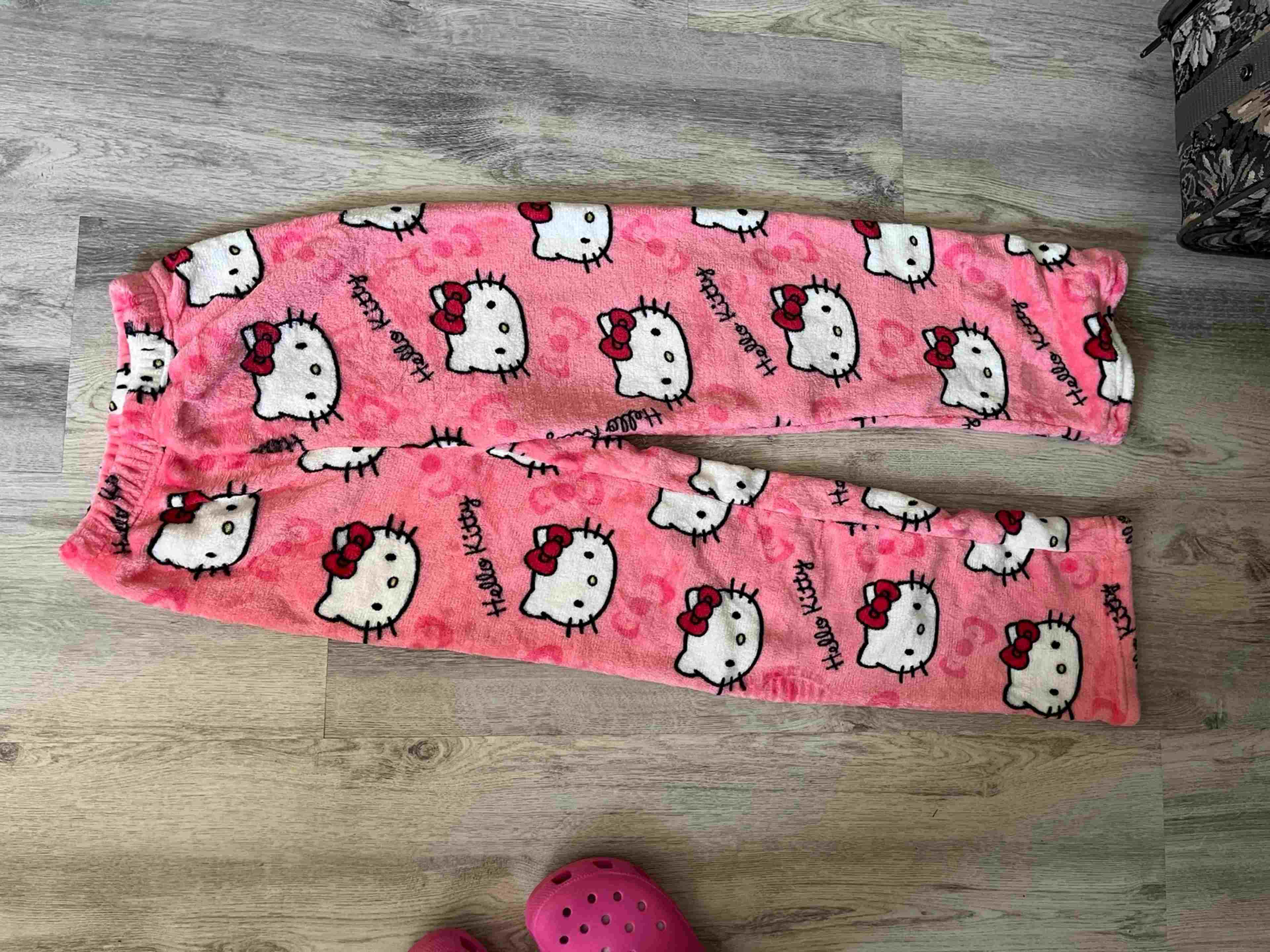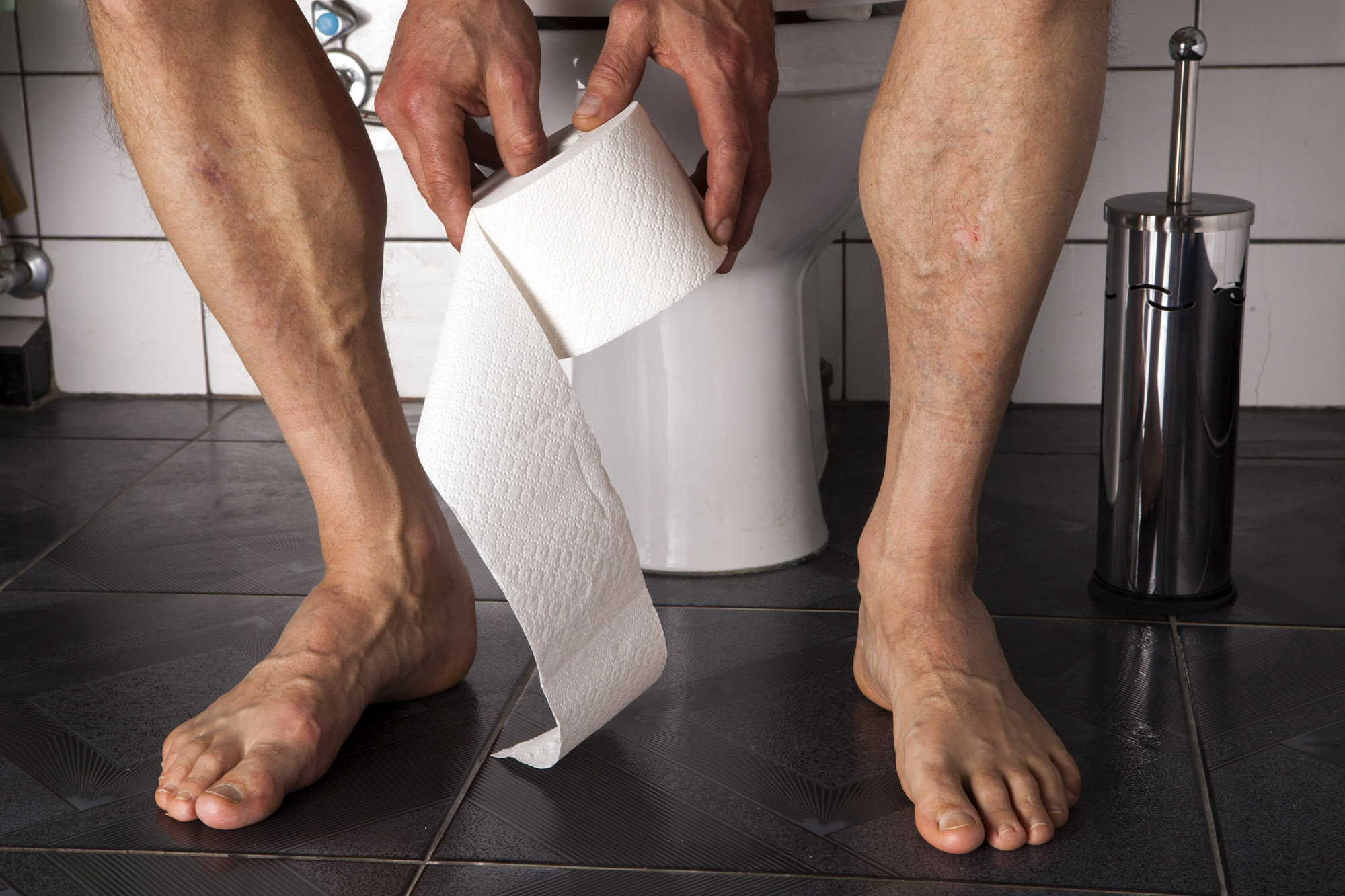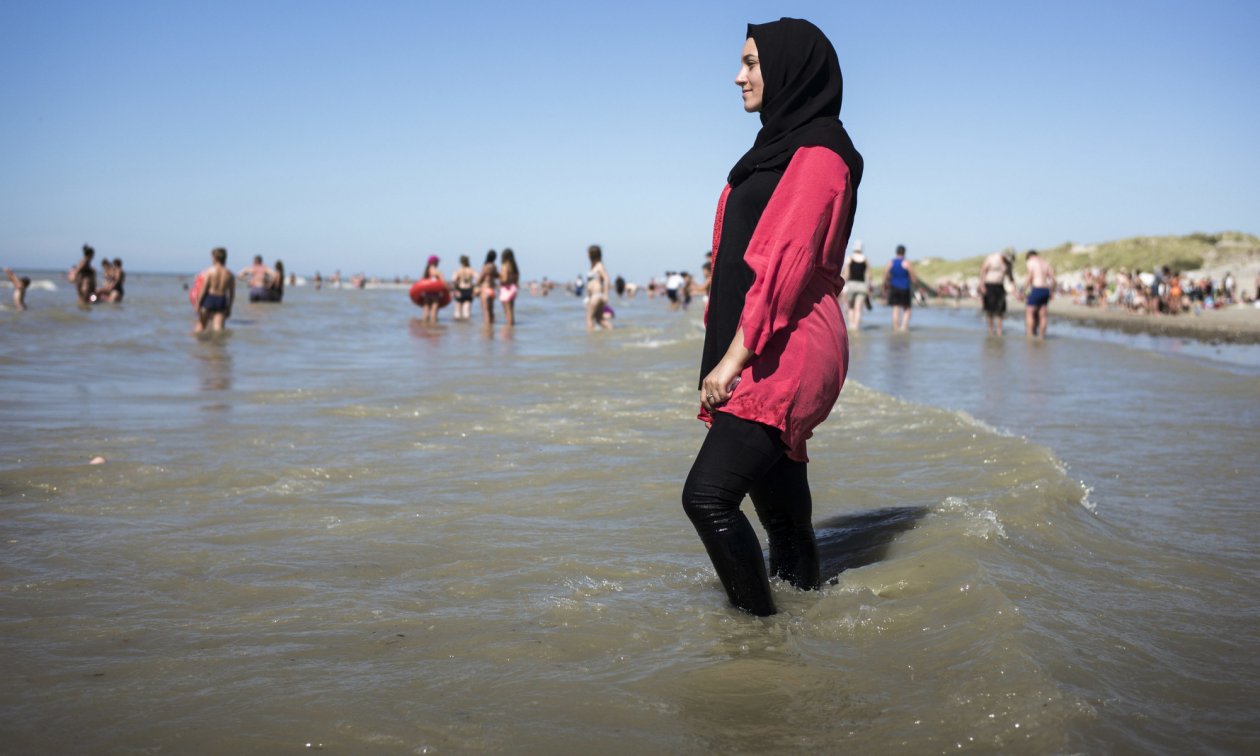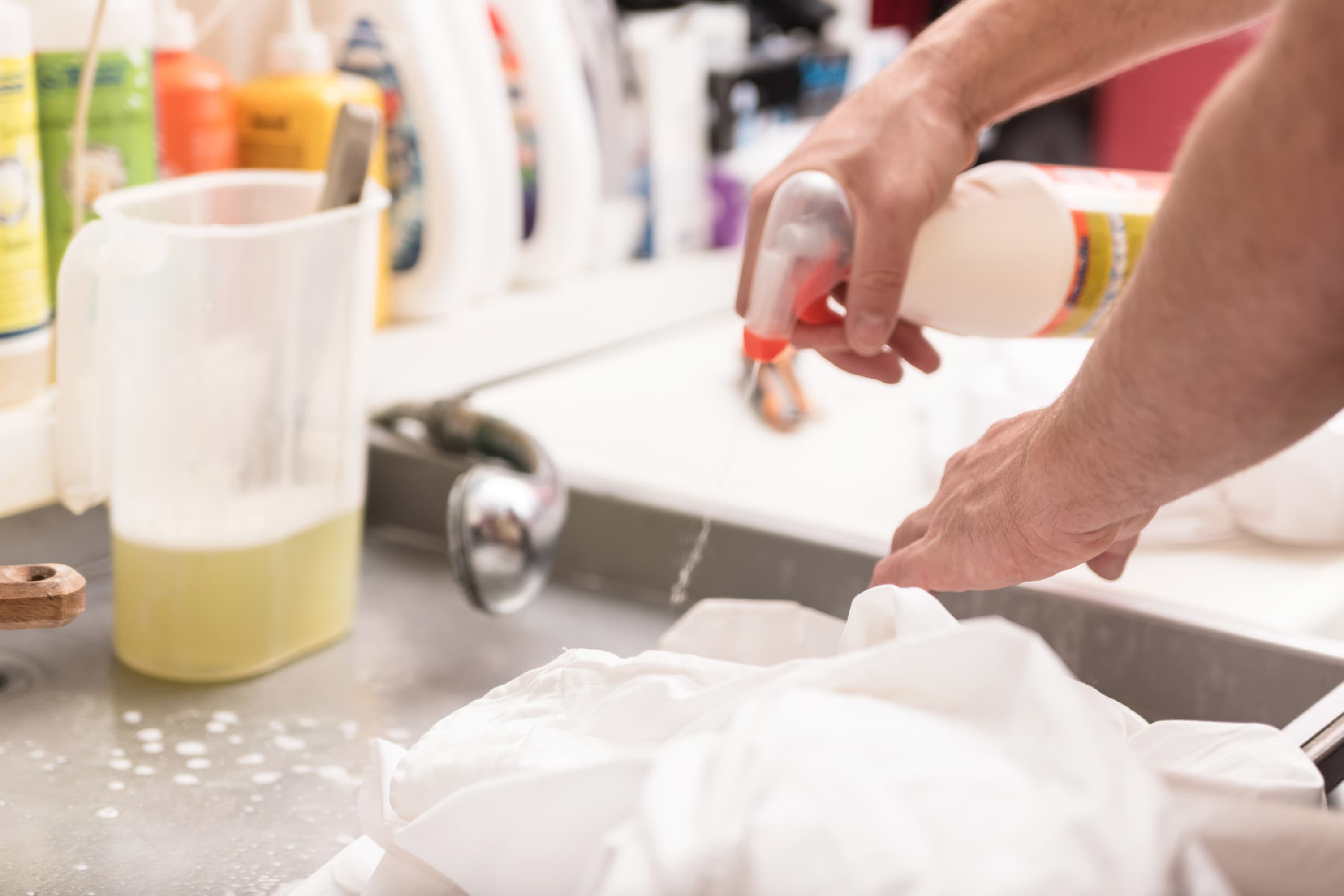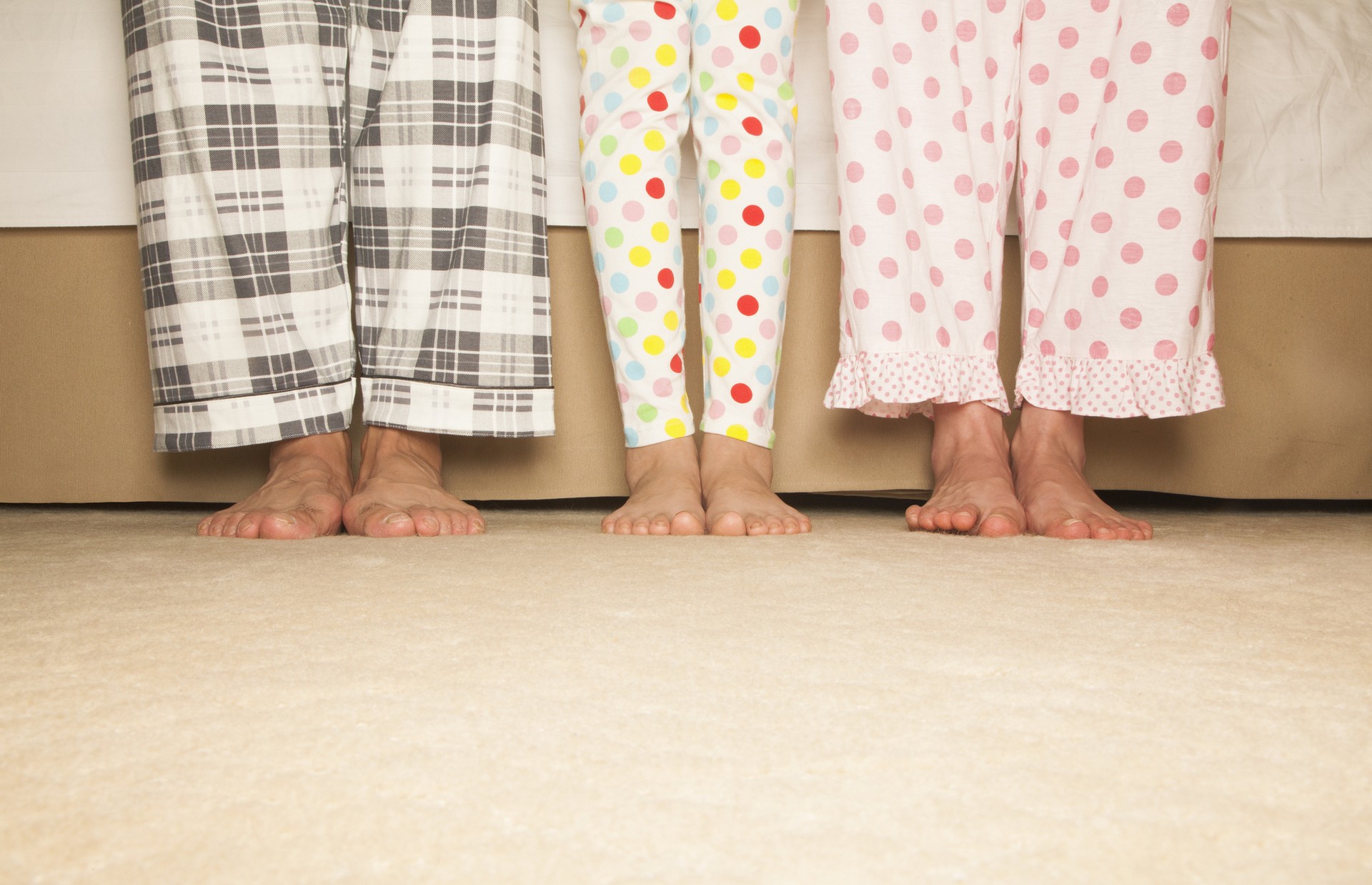

FAQs
Where Does The Word Pajama Come From
Modified: August 2, 2023
Discover the origin of the word "pajama" in this intriguing article exploring general questions. Uncover the fascinating etymology behind this popular sleepwear.
(Many of the links in this article redirect to a specific reviewed product. Your purchase of these products through affiliate links helps to generate commission for Under-tec.com, at no extra cost. Learn more)
Table of Contents
Where Does The Word Pajama Come From
The word “pajama” is one that is familiar to many, conjuring images of comfortable loungewear and leisurely nights at home. But have you ever wondered where this word comes from? The origins of “pajama” can be traced back to faraway lands and tales of travel and conquest.
The word “pajama” actually comes from the Persian language, specifically from the word “paijama” which means “leg garment.” The Persians were renowned for their luxurious and comfortable garments, which included loose-fitting pants that were tied at the waist. These pants, known as “paijamas,” were worn by both men and women as a form of traditional attire.
The journey of the word “pajama” didn’t stop in Persia. It made its way to the West through trade routes and cultural exchanges. During the 17th and 18th centuries, European traders and explorers ventured to the East, and they were introduced to the exotic and comfortable clothing of the Persians.
It was in the British Empire that “pajama” truly gained popularity and recognition. The British, known for their love of comfort and leisure, quickly embraced this loungewear style. Pajamas became fashionable among the elite and were seen as a status symbol of elegance and refinement.
Over time, the spelling of the word underwent changes and variations. In the 19th century, the British altered the spelling to “pyjamas,” influenced by the pronunciation of the word. However, the more commonly used spelling in the United States and other English-speaking countries is “pajamas.”
From the British Empire, the popularity of pajamas spread across the globe. They became a staple in many cultures, with each region adding its own unique twist. In India, for example, pajamas are traditionally paired with a long shirt or tunic called a “kurta.” In the United States, pajamas are often made with soft, comfortable fabrics and come in various styles and designs.
Today, pajamas are not only worn as sleepwear but also as loungewear and even as fashionable clothing for relaxed outings. They have become an essential part of many people’s wardrobes, providing comfort and style for both day and night.
So, the next time you slip into your favorite pair of pajamas, take a moment to appreciate the rich history and global journey encapsulated within the word. From the Persian “paijama” to the British “pyjamas” and the modern-day “pajamas,” this word holds a story of cultural exchange and comfort that has transcended time and boundaries.
Introduction
Pajamas are a common sight in households around the world. These cozy and comfortable garments are worn for lounging around the house, sleeping, and even as fashionable outfits for casual outings. However, have you ever wondered about the origins of the word “pajama” and how it came to be a part of our everyday vocabulary?
The word “pajama” has an interesting history that spans continents and cultures. It traces its roots back to ancient Persia, where it originated as “paijama,” meaning “leg garment” in Persian. The Persians were known for their luxurious and loose-fitting clothing, and their distinctive style of pants caught the attention of travelers and traders who ventured to the East.
Through trade routes and cultural exchanges, the word “pajama” made its way to the West. European traders and explorers encountered the comfortable attire of the Persians and brought it back to their homelands. However, it was in the British Empire that pajamas gained widespread popularity and became synonymous with comfort and elegance.
From its humble beginnings in Persia to its prominence in the British Empire, the word “pajama” has undergone some spelling variations. In the 19th century, the British altered the spelling to “pyjamas,” adapting it to match the pronunciation. However, the spelling “pajamas” is more widely used in the United States and other English-speaking countries.
Today, the popularity of pajamas has transcended borders and cultures. They have become a wardrobe staple, bringing comfort and relaxation to people of all ages and backgrounds. Pajamas are not only worn for sleep but also for lounging around the house, binge-watching favorite shows, and enjoying lazy weekends.
In this article, we will delve into the fascinating journey of the word “pajama” and explore its origins, the role it played in the British Empire, and how it has evolved into a global fashion statement. So, sit back, relax, and join us on this journey through time and culture to discover the captivating history of the word “pajama.”
Origins of the Word
The word “pajama” has its roots in the ancient Persian language. It is derived from the word “paijama,” which translates to “leg garment” in Persian. The Persians were known for their exquisite textiles and their mastery in crafting comfortable garments suited for their climate and lifestyle.
In ancient Persia, both men and women wore loose-fitting pants that were tied at the waist. These pants, known as “paijamas,” were made from soft fabrics and allowed for ease of movement. They were particularly popular among the nobility and upper classes who valued both style and comfort.
As trade and cultural exchanges occurred between Persia and other regions, the word “paijama” gradually found its way into the vocabulary of other languages. Traders and explorers were intrigued by the luxurious and comfortable clothing of the Persians, and the word “pajama” began to travel along with the garments themselves.
The word “pajama” first made its appearance in English in the early 19th century. It was initially used to refer specifically to the loose-fitting pants worn in Persian and Indian cultures. Over time, the term expanded its meaning to encompass the entire sleepwear ensemble, consisting of both pants and a top.
The adoption of the word “pajama” into the English language is a testament to the fascination and admiration that Europeans had for the exotic clothing styles of the East. The comfortable nature of the garments, along with their aesthetic appeal, made them a desirable addition to the wardrobes of the elite.
Today, the word “pajama” is recognized and understood worldwide, representing a comfortable and leisurely style of clothing. It has become synonymous with relaxation and downtime, with people of all ages enjoying the comfort and ease that pajamas provide.
In the next section, we will explore how the popularity of pajamas spread beyond their origins and gained significant recognition in the British Empire, becoming synonymous with elegance and refinement.
Journey to the West
After its origin in ancient Persia, the word “pajama” embarked on a fascinating journey to the West. The trade routes and cultural exchanges of the ancient world allowed for the dissemination of not only goods but also ideas, customs, and fashion.
As explorers and traders ventured into the East, they encountered the opulent and comfortable clothing of the Persians. The loose-fitting pants of the Persians, known as “paijamas,” caught the attention of the Westerners, who were accustomed to more restrictive and formal attire.
These European travelers were captivated by the comfort and elegance of the Eastern clothing, and they were quick to adopt and adapt it to their own culture. They began to bring back these exotic garments on their return voyages, introducing the concept of “pajama” to the Western world.
The popularity of pajamas across Europe grew steadily, with elites and nobles enamored by their comfortable and stylish nature. The British, in particular, developed a significant affinity for pajamas. The British Empire, with its vast reach and influence, played a pivotal role in popularizing and evolving the concept of pajamas.
It was during the 17th and 18th centuries that the British encounter with pajamas truly took hold. British citizens, returning from their travels in the East, brought back not only exotic fabrics but also a newfound appreciation for comfort and leisure. Pajamas became a status symbol of elegance and refinement among the British upper classes.
The British Empire, with its global trade network, further spread the popularity of pajamas to different parts of the world. Colonized countries and regions began to adopt and adapt the British fashion trends, including the love for pajamas.
Over time, the spelling of the word underwent changes and variations. The British alteration to “pyjamas” in the 19th century was influenced by the pronunciation of the word. However, the spelling “pajamas” remained more prevalent in the United States and other English-speaking countries.
The journey of the word “pajama” from Persia to the West showcases the power of cultural exchange and the influence of global trade. It highlights how a simple concept of comfortable clothing captivated the imaginations of people across different regions and reshaped fashion and lifestyle norms.
In the next section, we will explore the pivotal role that the British Empire played in the rise and popularity of pajamas as a symbol of comfort and leisure.
The British Emporium
Once the word “pajama” took hold in the West, it found a particularly warm welcome in the British Empire. The British, renowned for their love of comfort and leisure, embraced the concept of pajamas wholeheartedly, elevating them to a symbol of elegance and relaxation.
As the British Empire expanded its reach and influence across the world, so did the popularity of pajamas. British citizens who traveled or lived in colonial regions brought with them not only their love for this comfortable attire but also the British fashion sensibility.
In the British Empire, pajamas became a symbol of refinement and status. The elites and upper classes yearned for clothing that offered both comfort and style, and pajamas fit the bill perfectly. The loose and flowing designs allowed for unrestricted movement, while the luxurious fabrics and elegant patterns showcased a sense of sophistication.
Pajamas were no longer seen as mere sleepwear but were worn during leisurely activities within the home. They became an essential part of the British wardrobe, embodying relaxation and comfort in a world that demanded formality and restraint.
During the Victorian era, the British Empire experienced a surge in interest in Eastern cultures, including their fashion. This fascination with the exotic and the desire for comfortable attire fueled the popularity of pajamas. Pajamas with elaborate patterns and intricate embroidery became fashionable among the elite, symbolizing their worldly knowledge and refined taste.
With the rise of the British textile industry, pajamas could be produced at a larger scale and made accessible to broader segments of society. The availability of affordable and stylish pajamas allowed more people to experience the comfort and luxury once reserved only for the privileged few.
The British influence on pajamas spread to other countries. In India, for example, the British introduced their version of pajamas, which were typically paired with a long shirt called a “kurta.” This fusion of British and Indian fashion further shaped the evolution of pajamas as a global style.
The spelling of the word “pajama” underwent a change in the British Empire, with the pronunciation-based alteration to “pyjamas.” However, the more common spelling in the United States and other English-speaking countries remained as “pajamas.”
The British Empire played a crucial role in popularizing and evolving pajamas as a fashion statement. It transformed them from traditional Persian attire to a symbol of elegance and leisure, shaping the way they are perceived and worn across cultures even today.
In the next section, we will explore how pajamas have evolved and gained popularity on a global scale, transcending borders and becoming a beloved wardrobe staple.
Evolution and Global Popularity
Through the influence of the British Empire and cultural exchanges, pajamas underwent a significant evolution and gained global popularity. They became more than just a British fashion statement – they became a beloved wardrobe staple across different regions and cultures.
As time went on, pajamas evolved to suit the needs and preferences of different societies. In the United States, for example, pajamas took on a more casual and relaxed style. They were designed with soft and comfortable fabrics, often featuring playful prints and patterns. Pajama sets became popular for both children and adults, offering comfort and style for bedtime and lounging at home.
In countries like Japan, pajamas took on a different form known as “yukata” or “jimbei.” These traditional Japanese garments are made from lightweight cotton or linen and are worn during summertime, festivals, and relaxation. Yukata and jimbei showcase the adaptability of pajamas to suit different cultural contexts.
With the growth of the global fashion industry, pajamas have become more than just sleepwear or loungewear. They have become fashionable outfits for casual outings and a reflection of personal style. Designers and retailers now offer a wide range of pajamas, from classic, elegant sets to trendy and contemporary designs.
The popularity of pajamas has also been fueled by the rise of the wellness and self-care movements. People are prioritizing comfort, relaxation, and self-care in their daily lives, and pajamas perfectly embody these values. They offer a sense of comfort and ease, allowing individuals to unwind and rejuvenate after a long day.
Additionally, the internet and social media have played a significant role in spreading the love for pajamas. Influencers and celebrities showcase their stylish and cozy pajama sets, inspiring others to follow suit. The hashtag #OOTD (Outfit of the Day) now includes pajama ensembles, further solidifying their place in the fashion world.
Today, pajamas are no longer confined to the privacy of our homes. They have become a part of our everyday lives, associated with relaxation, comfort, and effortless style. Whether it’s for a cozy night in, a leisurely morning, or a casual outing, pajamas have become an essential element of our wardrobes.
The journey of the word “pajama” from ancient Persia to its global popularity showcases the power of cultural exchanges and the evolution of fashion trends. It is a testament to the universal desire for comfort, relaxation, and self-expression.
As pajamas continue to evolve and adapt to the ever-changing fashion landscape, one thing remains certain – they will always be a beloved and cherished part of our lives.
Conclusion
The word “pajama” has a rich and fascinating history that spans centuries and continents. From its origins in ancient Persia as “paijama,” meaning “leg garment,” to its global popularity today, pajamas have undergone various transformations and cultural adaptations.
The journey of the word “pajama” began with the Persians, who crafted luxurious and comfortable garments as a form of traditional attire. Through trade and cultural exchanges, the word made its way to the West, where it gained recognition and appreciation.
The British Empire played a significant role in shaping the popularity of pajamas, elevating them to a symbol of elegance, comfort, and leisure. The British fascination with the exotic and their love for relaxation propelled pajamas to the forefront of fashion during the 17th and 18th centuries.
Over time, pajamas evolved and adapted to suit the preferences and needs of different cultures. They became a beloved wardrobe staple, not only for sleep and lounging but also for casual outings. Pajamas have proven their versatility and adaptability, transcending borders and cultural boundaries.
The global popularity of pajamas can be attributed to factors such as the rise of the wellness and self-care movements, the influence of fashion trends, and the power of social media. Pajamas are now more than just clothing – they represent comfort, relaxation, and personal style.
In conclusion, the word “pajama” tells a story of cultural exchange, fashion evolution, and the universal desire for comfort. It bridges the gap between ancient Persia and the modern world, reminding us of the human need for relaxation and self-expression in our everyday lives.


